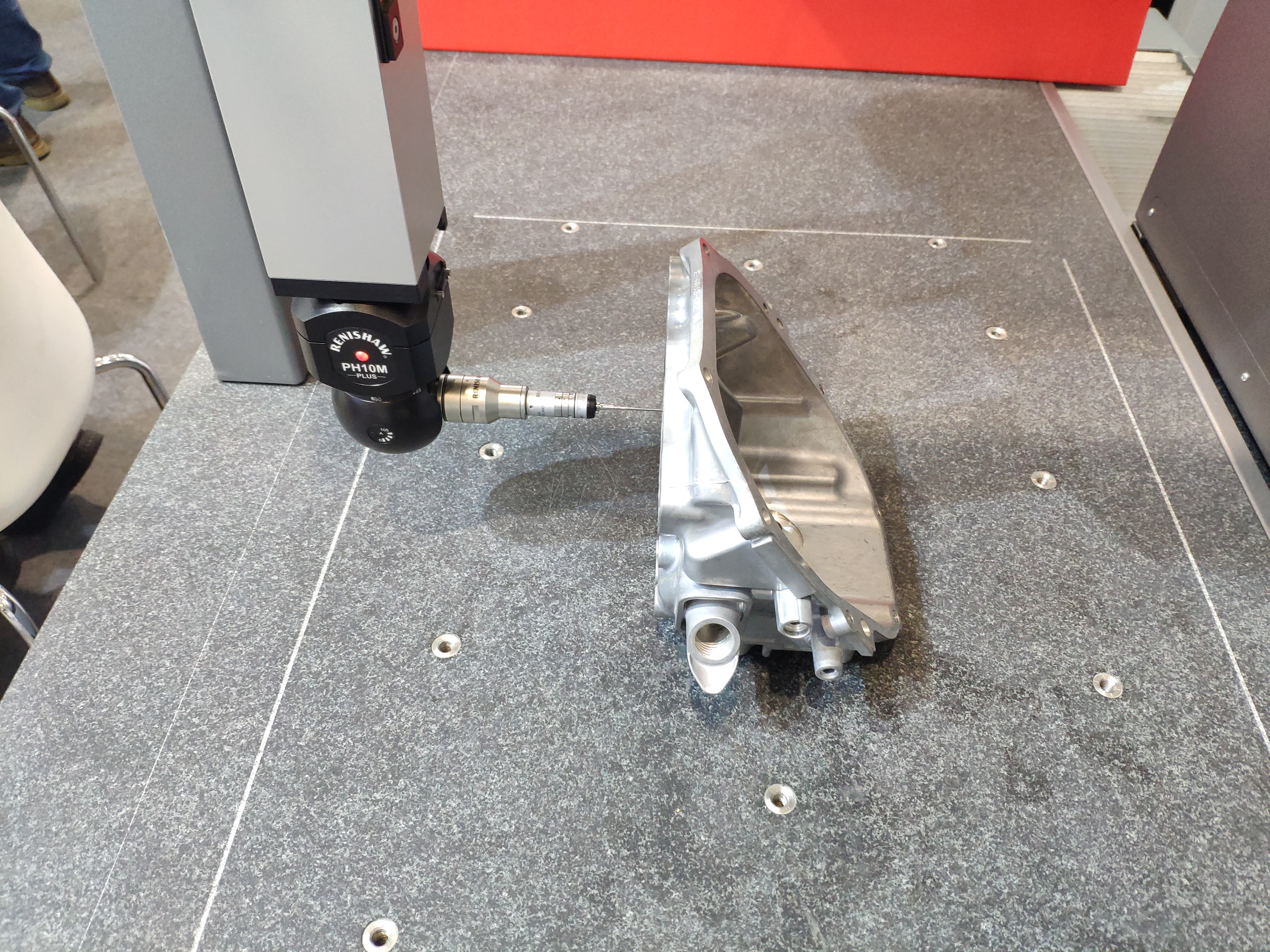
There is considerable debate in online forums about the best techniques for removing burrs created during the machining of threaded parts. Internal threads—whether cut, rolled, or cold-formed—often have burrs at the entrances and exits of holes, on thread crests, and along slot edges. External threads on bolts, screws, and spindles face similar issues, particularly at the beginning of the thread.
For larger threaded parts, burrs can often be removed by retracing the cutting path; however, this method increases the cycle time for each part. Secondary operations, such as using heavy nylon deburring tools or butterfly brushes, are also available.
The challenges become significantly greater when dealing with threaded parts or tapped holes that measure less than 0.125 inches in diameter. In these cases, micro-burrs are created that are small enough to require polishing rather than aggressive deburring.
In the miniature range, the options for deburring solutions become limited. While mass finishing techniques like tumbling, electrochemical polishing, and thermal deburring can be effective, these processes often require sending the parts out, incurring additional costs and time.
Many machine shops prefer to keep secondary operations in-house, including deburring, by adopting automation through CNC machines or utilizing hand drills and manual techniques. There are miniature brushes available that, despite their small stems and overall dimensions, can be powered by hand drills or adapted for use with CNC equipment. These tools come with abrasive nylon, carbon steel, stainless steel, and diamond-abrasive filaments, with the smallest measuring just 0.014 inches, depending on the filament type.
Given the potential for burrs to affect the form, fit, or function of a product, the stakes are high for items with micro-threads, including parts for watches, eyeglasses, cell phones, digital cameras, printed circuit boards, precision medical devices, and aerospace components. Risks include misalignment of joined parts, assembly difficulties, the potential for burrs to become loose and contaminate hygienic systems, and even failure of fasteners in the field.
Mass finishing techniques such as tumbling, thermal deburring, and electrochemical polishing can be effective for removing light burrs on small parts. For example, tumbling can help eliminate some burrs, but it is generally ineffective on the ends of threads. Additionally, care must be taken to avoid mashing burrs into thread valleys, which could interfere with assembly.
When burrs are present on internal threads, mass finishing techniques must be capable of reaching deep within internal structures. Thermal deburring employs heat energy that can reach several thousand degrees Fahrenheit to remove burrs from all sides. Because heat cannot transfer from the burr to the parent material, the burr is simply burned down to the level of the parent material. As a result, thermal deburring does not affect the dimensions, surface finish, or material properties of the parent part.
Electrochemical polishing is another method used for deburring, working by leveling out micro-peaks or burrs. While effective, there is some concern this technique could affect threaded areas. Generally, though, material removal conforms to the shape of the part.
Despite potential issues, the low cost of mass finishing makes it attractive for some machine shops. However, many machine shops prefer to keep secondary operations in-house whenever possible.
For threaded parts and machined holes smaller than 0.125 inches, miniature metalworking brushes serve as affordable tools for removing small burrs and performing internal polishing. These brushes come in various trim sizes, contours, and materials, making them ideal for tight tolerances, edge blending, deburring, and other finishing requirements.
As a full-line supplier of surface finishing solutions, ANEBON provides miniature deburring brushes in a variety of filament types and tip styles, with the smallest diameter brush measuring just 0.014 inches.
While the miniature deburring brushes can be used by hand, it is recommended to utilize a pin vise because the brush stem wires are delicate and may bend. ANEBON offers a double-end pin vise in kits that include up to 12 brushes in both decimal (0.032 to 0.189 inches) and metric sizes (1 mm to 6.5 mm).
These pin vises can also be used to grip the small diameter brushes, allowing them to be rotated by a handheld drill or adapted for use on a CNC machine.
Anebon Metal Products Limited can provide CNC machining, die casting, sheet metal machining services, please feel free to contact us.
Tel: +86-769-89802722 Email: info@anebon.com Website : www.anebon.com
Post time: Jul-17-2019
